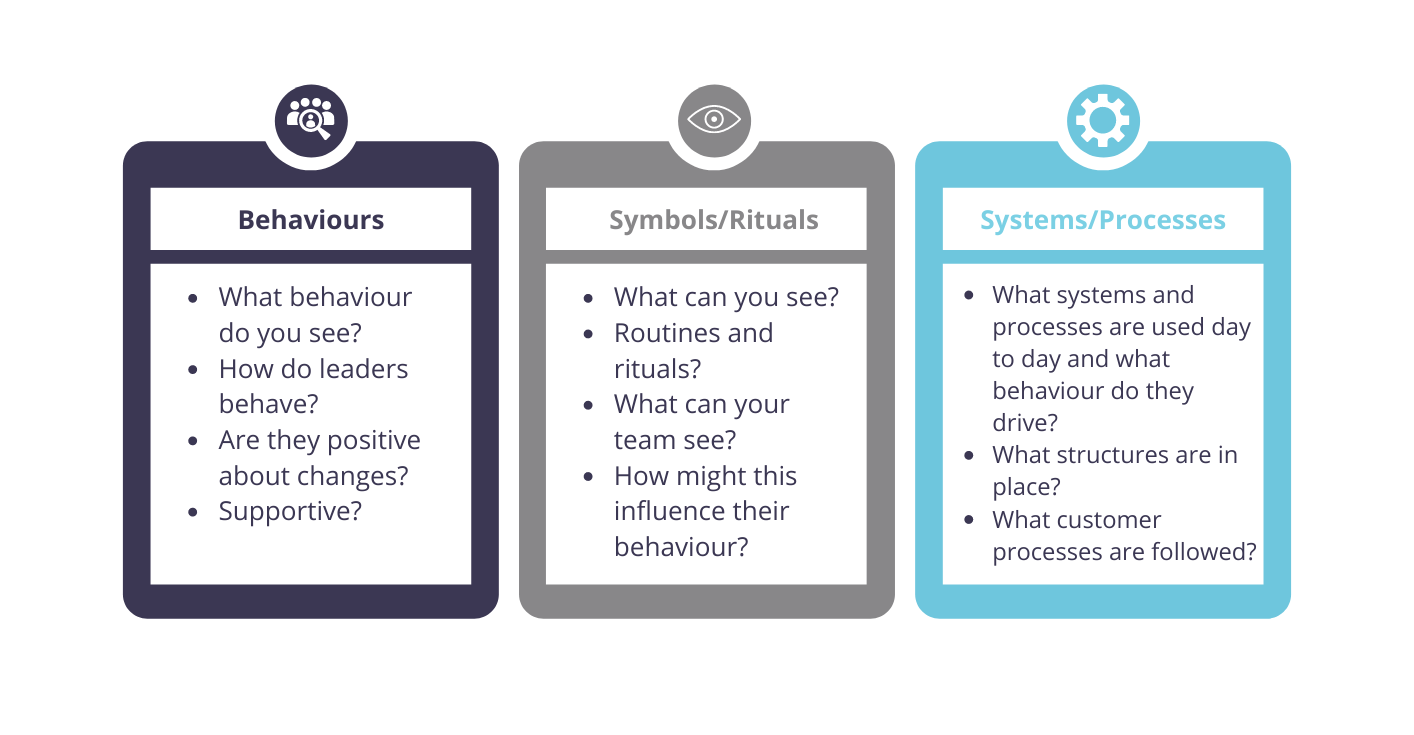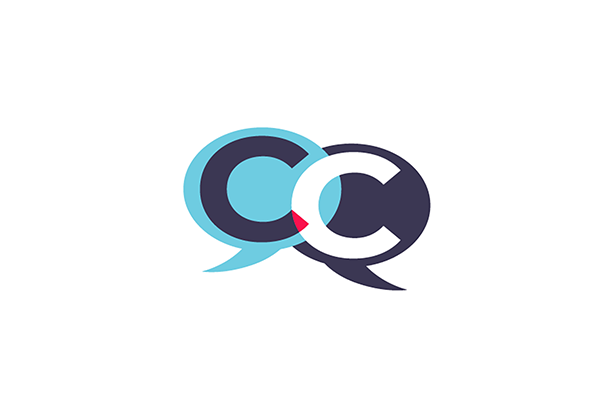There are five important tips that leaders would benefit from knowing and implementing to ensure not only that inclusion exists in the workplace but that it is also meaningful to the employee and impacts positively on organisational change.
Quite often we talk about our responsibility for inclusion and diversity and what we should be doing to get it right, but we don’t always know what this looks like.
What does meaningful inclusion look like?
I would argue that inclusion can only exist if the individual considers themselves to be included, and how this is experienced will be unique to them. It can be difficult for leaders in organisations to ensure they are being inclusive unless they understand the individual.
There are many conditions that come under the umbrella of neurodiversity. Dyslexia, dyscalculia, dyspraxia, ADHD and autism, to name a few. Each one of these has their own spectrum, and the severity of their differences are often layered with strengths as well as weaknesses, which will be different for each person.
Why is understanding the individual important if you have a great understanding of the condition?
You know that saying:
'Once you've met one person with autism, you've met one person with autism'
Understanding the individual is important because behaviour manifestations can vary and can display differently on different days too, because the difficulties experienced can also differ. This whole ‘one size fits all’ not only doesn’t work for society, but it also doesn’t work when you try to address neurodiversity as one group.
Asking what organisations can do to support neurodiversity was discussed openly in the 'Harnessing the PoWEr of Neurodiversity' Webinar, in partnership with BNY Mellon, on February 28th. It was invaluable, listening to individuals with lived experience speak about navigating through life with autism and ADHD and how the persistence of parents helped ensure their needs were met and their skills nurtured.
Let's learn from this!
Persistence. Motivation to understand and support. Recognition of strengths and facilitating skills.
We need more persistence in leadership to support neurodiversity in order to develop healthy organisational cultures, so that everyone is empowered and performing at their best. Knowledge on the personal experiences of neurodiversity differences will help to shape better inclusive policies and practices.
Trueman Change are constantly committed to learning better ways of doing change. We have designed a new methodology, the Trueman Change Way, to respond to the needs of organisations moving forward. It incorporates six ingredients that we believe culminate in positive change: Purpose, Clarity, Humanity, Collaboration, Action and Perseverance.
So, how can we nurture and empower skills in neurodiversity?
1. Ask the individual to tell you about their condition. Not just what they need support with but what their strengths are too!
2. Listen carefully to the information that they share with you, as this may not have been easy for them to disclose and will carry real insight into why support and adjustments are needed and how these can be achieved to make the necessary difference.
3. Give the individual space to think and respond. Do not interrupt or rush to try to fill the silence. Give at least eight seconds for a response, as processing time is paramount.
4. Make reasonable adjustments by ensuring the environment plays to individuals’ strengths and doesn’t impinge on their health or ability to focus. Sometimes certain environments can literally be painful! Make communication accessible by providing individuals with their preferred communication tools, sensory comforts or support.
5. Do not try and write policies without input from neurodiverse lived experience. It is important to see neurodiversity through the lens of those living with their condition, otherwise they could be meaningless adjustments.
Incorporating these five important factors will contribute towards good neurodiversity practice and will change organisational culture for the better. It will bring awareness of differences and the strengths that difference can bring.
Many neurodiverse people struggle with some everyday tasks whilst being extremely skilled in specialist areas. Find out what these skills are and how you can help. It won’t just benefit the individual’s wellbeing, it will develop their skills and career opportunities. This in turn will create a positive, empowering culture that ricochets through the entire workforce, positively impacting productivity and growth.
How can we shape organisational culture to include neurodiverse groups meaningfully?
1. Ask questions to understand what it means to live with a neurodiverse condition.
2. Listen, to understand why changes need to be made and learn how you can make these reasonable adjustments.
3. Give space or the above won’t happen, as the individual may not be able to communicate if pressured!
4. Make adjustments or nothing will change. Sometimes the smallest change that needs to happen is for people to be a little more patient and non-judgemental.
5. Include the voice of neurodiverse people otherwise the view of what needs to change will be impinged.
And when legislation changes and you’re rewriting policy again?
Steps: 1, 2, 3, 4 and 5.
Our work often involves carrying out culture mapping to help organisations strengthen their workforces by aligning their culture. Today we remind organisations to consider neurodiverse groups in this process and make it a priority to understand and shape your organisation’s behaviour.
How does culture mapping work?
Firstly, we carry out a culture audit to understand your organisation’s behaviour. Sessions are carried out with leaders and teams to understand and shape the organisation’s vision, to build clarity and purpose from within. Then, to identify what will be different, workshops are carried out to plan and align culture with the organisation or project objectives.
We get under the skin of the organisation’s culture in terms of:
1. Behaviour – the qualities you want to drive across your organisation.
2. Systems and processes – the tools you use to deliver your services.
3. Symbols/rituals – the components that form your overall ethos, such as your core values.
Image 1: Culture mapping exercise: the three categories.

This is the perfect time to sense check your inclusion and diversity policies and practices to see if what you are doing is really making enough of a difference. Why don't you join other change leaders and do our five minute change readiness test. Your report will be emailed to you within minutes.
Book a call if you wish to understand more about culture mapping, or head to the case studies section of our website to see some examples of our work in that area.
